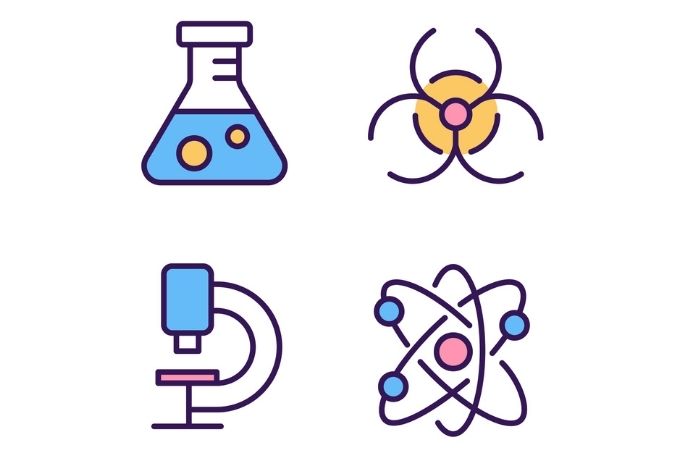Lesson summary
Adults, especially dentists, are always telling us “don’t drink that, don’t eat that – it’ll rot your teeth”! In this experiment, you’re going to make your own pH indicator using everyday ingredients. With your indicator, you’ll test out some common substances around the home (including your favourite fizzy drinks) to find out if they’re as bad for you as the dentists say they are.
Lesson guides and printables
Curriculum links
Select your curriculum from the options below.
Lesson details
Curriculum mapping
Curriculum codes:
Complete lesson for classroom teachers:
https://www.coolaustralia.org/activity/sugarbyhalf-the-power-of-ph-science-years-9-10/
Ideal for: Lower Secondary and Middle Secondary
Safety advice: A knife or a blender is needed to chop the cabbage. Be careful with sharp blades and be sure to keep fingers out of the way when chopping!
Boiling water can be used to soak the chopped cabbage. Handle hot water and any container of hot water with a lot of care and attention. If any water is spilt, mop it up as quickly as possible to avoid slipping. Cold water can be used in place of boiling water, but it will just take longer for the colour to seep out of the cabbage.
For any burns, allow cold water to run over the affected area and seek medical attention if necessary.
If possible, eye protection should be worn to prevent any liquids from getting into the eyes. Rinse eyes with water should any contact occur.
This is a good activity for kids to complete independently, though they’ll need to get some parental help when it comes to choosing substances to test later on – some acids and alkalis are no joke!
Themes:
- investigate
- get messy
- think and connect
Time required: 40 minutes
Curriculum connections: Science, Chemistry, Critical and Creative Thinking
Tips for Parents and Carers
If any of the coloured solutions get onto any surfaces, bleach should easily remove the colouring, but you may want to encourage your kid/s to put down some newspaper or take it outside.
Additional info
Learning@Home resources are designed for parents and teachers to use with children in the home environment. They can be used as stand-alone activities or built into existing curriculum-aligned learning programs. Our Learning@Home series includes two types of resources. The first are fun and challenging real-world activities for all ages, the second are self-directed lessons for upper primary and secondary students. These lessons support independent learning in remote or school settings.


Welcome back!
Don't have an account yet?
Log in with:
Create your free Cool.org account.
Many of our resources are free, with an option to upgrade to Cool+ for premium content.
Already have an account?
Sign up with:
By signing up you accept Cool.org's Terms and Conditions(Opens in new tab) and Privacy Policy(Opens in new tab).